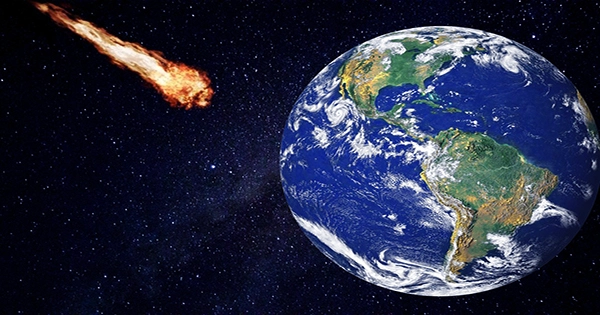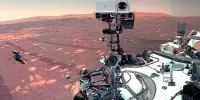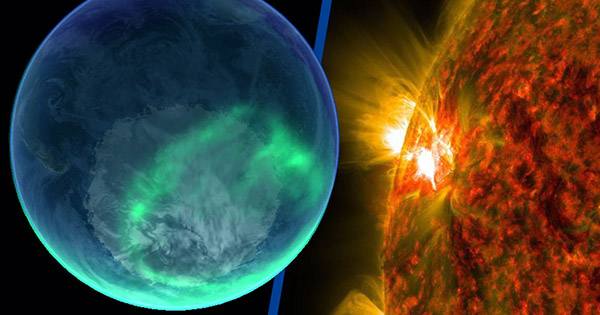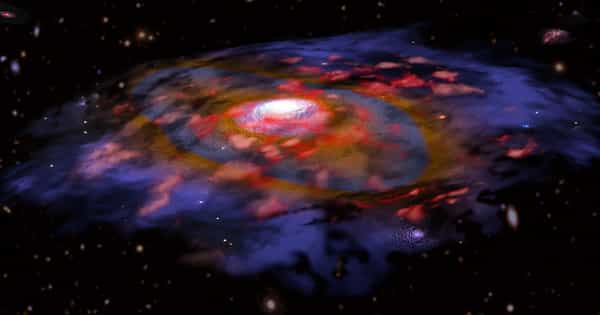We’re normally talking about billions of years when we talk about the development of celestial bodies. However, astronomers have identified a binary asteroid system that has only recently formed. It was just 300 years ago that this pair of space rocks was created. According to astronomers at the Lowell Observatory, this asteroid pair is at least a factor of ten younger than any other known asteroid pair, having separated from their parent body 300 years ago.
For context, Daniel Gabriel Fahrenheit was in the process of producing the first mercury thermometer at the same time as the world had its first global stock market meltdown. They are two large shards of what was once a single asteroid, according to the Royal Astronomical Society’s Monthly Notices. 2019 PR2 and 2019 QR6 are only 1 million kilometers distant and have a striking resemblance. The team assumed the two particles had broken apart recently in cosmic time, within a million years, because of their close closeness. Simulations revealed that their formation was significantly more recent than previously thought.
Following up on observations from the Lowell Discovery Telescope (LDT) in Arizona and others in 2019, which were first detected by the Pan-STARRS1 survey telescope in Hawaii and the Catalina Sky Survey in Arizona in 2019, follow-up observations from the Lowell Discovery Telescope (LDT) in Arizona and others confirmed their distance and shared similarities, as well as a common origin.
“It is apparent that 2019 PR2 and 2019 QR6 derive from the same parent object according to the LDT observations, and their strong orbital similarity is not coincidence,” said lead author Petr Fatka of the Astronomical Institute of the Czech Academy of Sciences in a release. “It’s quite thrilling to discover such a young asteroid duo that was produced only approximately 300 years ago, which in astronomical timescales was like this morning — not even yesterday.”
The team believes that this object’s parent body was a comet. Comets are known to be prone to disintegration. Their ice and dust bodies, which are loosely bonded together, can split apart simply by spinning. Surprisingly, neither of these bodies has left any indication of cometary activity. More observations will be required to confirm the origin of these objects, but this will take time. They won’t be seen again until the year 2033.
















